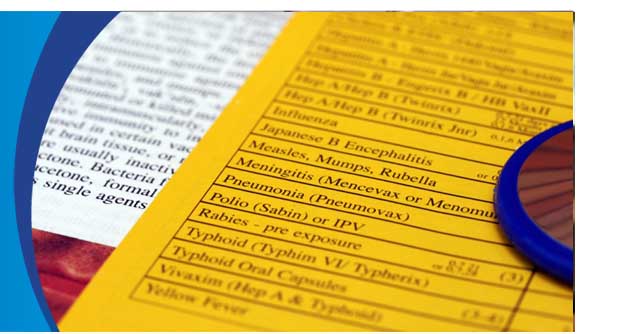Typhoid Fever
Typhoid fever is a life-threatening illness caused by the bacterium Salmonella Typhi. In the United States about 400 cases occur each year, and 70% of these are acquired while traveling internationally. Typhoid fever is still common in the developing world, where it affects about 12.5 million persons each year.
Salmonella Typhi lives only in humans. Persons with typhoid fever carry the bacteria in their bloodstream and intestinal tract. In addition, a small number of persons, called carriers , recover from typhoid fever but continue to carry the bacteria. Both ill persons and carriers shed S. Typhi in their feces (stool).
You can get typhoid fever if you eat food or drink beverages that have been handled by a person who is shedding S. Typhi or if sewage contaminated with S. Typhi bacteria gets into the water you use for drinking or washing food. Therefore, typhoid fever is more common in areas of the world where hand washing is less frequent and water is likely to be contaminated with sewage.
Once S. Typhi bacteria are eaten or drunk, they multiply and spread into the bloodstream. The body reacts with fever and other signs and symptoms.
Who should get the Typhoid Fever immunization and when?
If you are traveling to a country where typhoid is common, you should consider being immunized against typhoid at least 1 week before you travel so that the vaccine has time to take effect.
To find out which immunizations the Centers for Disease Control (CDC) recommends you receive before traveling, click here and select the region to which you are traveling.
